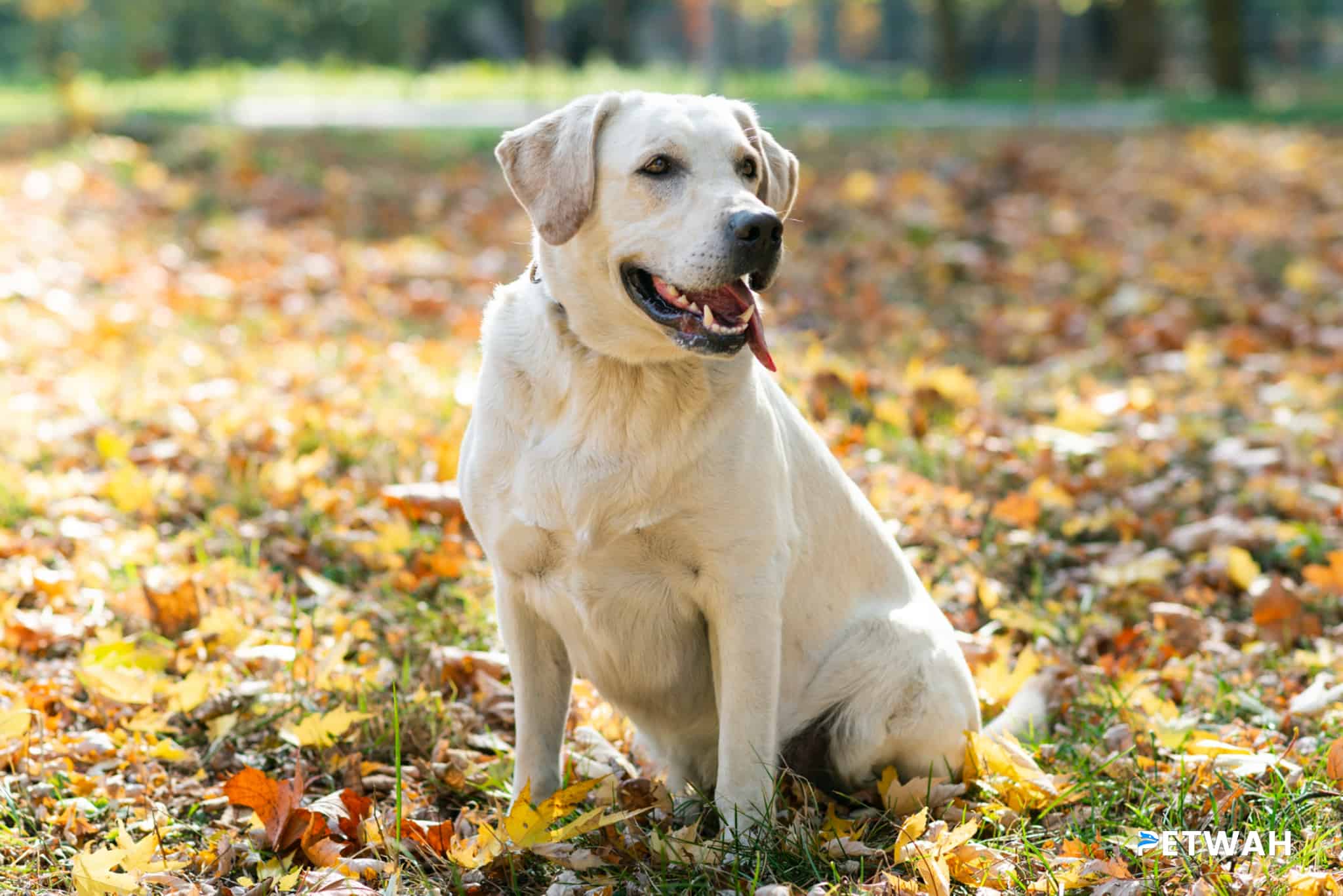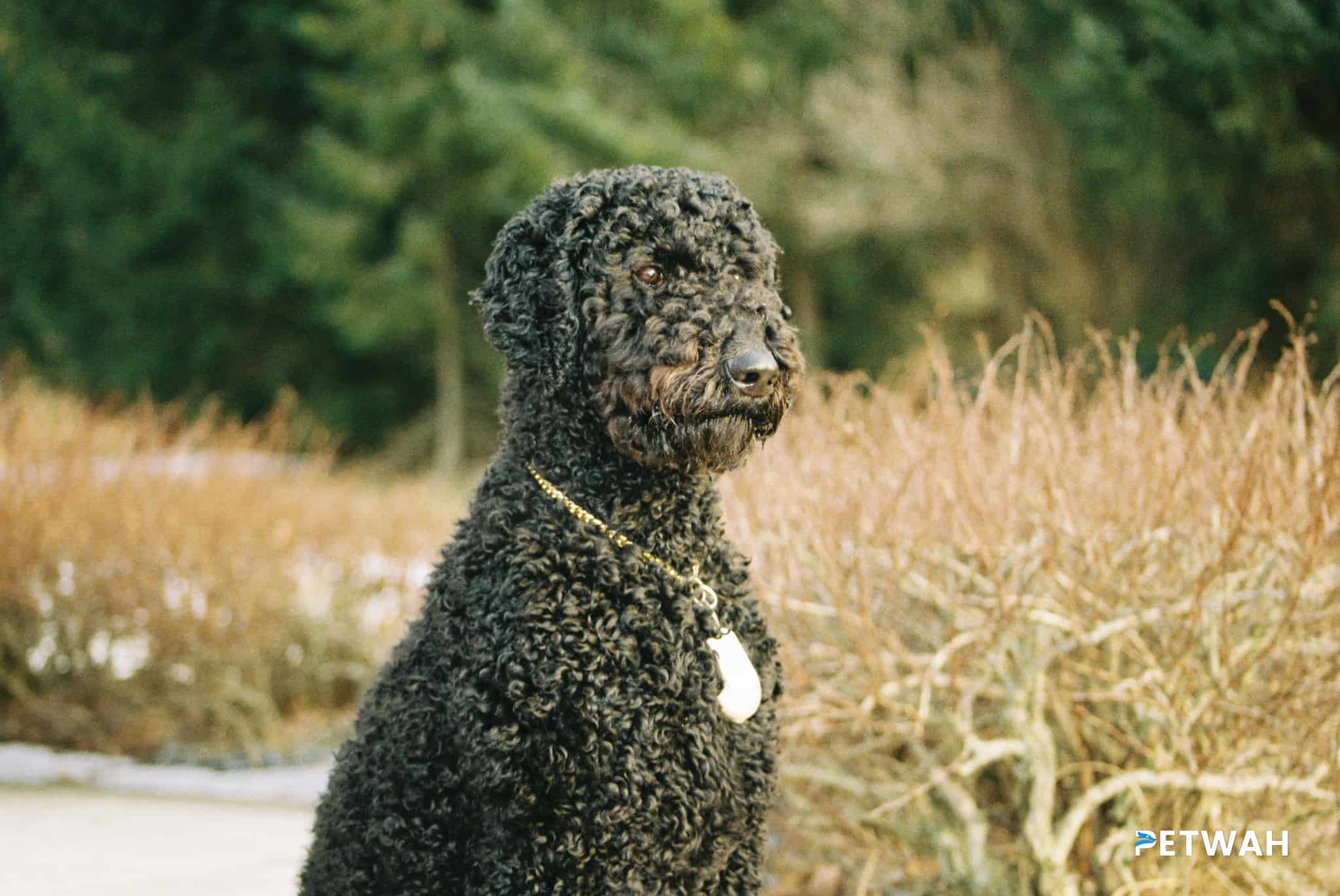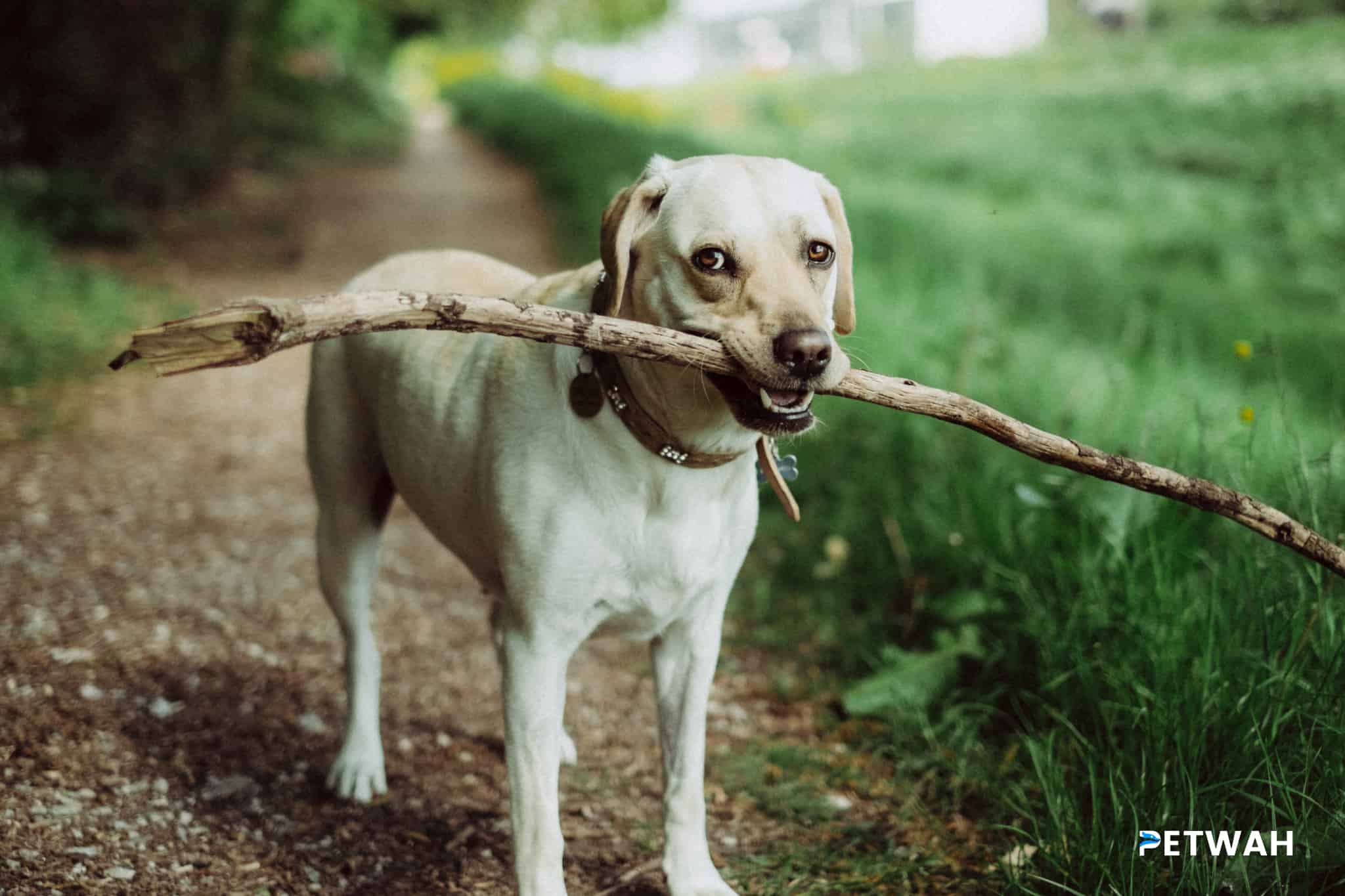Introducing a beloved pet to new settings and experiences can be an exciting and enriching adventure for both the pet and their human companions. This is especially true for Labrador Retrievers, known for their friendly and outgoing nature. However, it’s important to approach these introductions with patience, care, and gentleness to ensure a positive experience for everyone involved.
Creating a Positive Experience for Your Labrador
Labradors are intelligent and adaptable dogs, but they can sometimes be hesitant or anxious in unfamiliar situations. To help your Labrador adjust to new settings and experiences, here are some tips to keep in mind:

1. Gradual Exposure: Start by gradually exposing your Labrador to new environments, people, and animals. Begin with low-stress situations and slowly build up to more stimulating or challenging scenarios. This will allow your Labrador to acclimate at their own pace and feel more comfortable.
2. Positive Reinforcement: Use positive reinforcement techniques to reward your Labrador for their desired behavior. Offer treats, praise, and affection when they show calmness, curiosity, or bravery in the face of new experiences. This will encourage them to associate positive emotions with new settings and experiences.
3. Socialization: Proper socialization is crucial for Labrador Retrievers. Introduce your Labrador to a variety of people, animals, and environments from an early age. Visit dog parks, enroll in puppy classes, and arrange playdates with well-behaved dogs. This will help your Labrador develop confidence, good manners, and the ability to adapt to different situations.
4. Desensitization and Counterconditioning: If your Labrador shows signs of fear or anxiety in certain settings or experiences, consider desensitization and counterconditioning techniques. Gradually expose them to the triggering stimuli in a controlled manner, while using positive reinforcement to help them form positive associations and overcome their fears.
5. Professional Assistance: If you’re struggling to help your Labrador adjust to new settings and experiences, don’t hesitate to seek professional help. A qualified dog trainer or behaviorist can provide guidance, support, and customized training plans to address any specific challenges your Labrador may be facing.
Remember, the key to successfully introducing your Labrador to new settings and experiences is to prioritize their comfort, build positive associations, and go at their pace. By following these tips and being patient, you can help your Labrador become a well-adjusted and happy companion.
FAQs
1. How long does it take for a Labrador to adjust to new settings?
Labradors are known for their adaptable nature, but the time it takes for them to adjust to new settings can vary based on individual temperament and past experiences. Some Labradors may adapt quickly, while others may take longer. It’s important to be patient and allow your Labrador to acclimate at their own pace.
2. Are Labradors prone to anxiety in new situations?
While Labradors are generally sociable and outgoing, individual temperament can vary. Some Labradors may be more prone to anxiety in new situations, especially if they haven’t been properly socialized or had negative experiences in the past. Proper training, socialization, and positive reinforcement can help alleviate anxiety in Labradors.
3. What are some signs that my Labrador is feeling anxious or stressed?
Labradors may display various signs of anxiety or stress when introduced to new settings or experiences. These signs can include excessive panting, trembling, drooling, pacing, restlessness, whining, hiding, or cowering. It’s important to be observant and attentive to your Labrador’s body language to identify signs of discomfort.
4. Can I use treats to help my Labrador adjust to new experiences?
Yes, treats can be a valuable tool to help your Labrador adjust to new experiences. Using positive reinforcement techniques, you can reward your Labrador for calm and confident behavior in unfamiliar situations. Treats can help create positive associations and motivate your Labrador to approach new settings and experiences with a positive mindset.
5. What should I do if my Labrador continuously shows fear or anxiety in new settings?
If your Labrador consistently exhibits fear or anxiety in new settings despite your efforts, it may be beneficial to seek professional assistance. A qualified dog trainer or behaviorist can assess the underlying causes of your Labrador’s anxiety and provide a customized training plan to help them overcome their fears.
In conclusion, introducing your Labrador to new settings and experiences can be a rewarding journey that enhances their social skills and overall well-being. By following these tips, being patient, and seeking professional help if needed, you can pave the way for your Labrador’s successful adaptation and a lifetime of positive experiences. For more dog-related information and products, visit PetWah.com – a one-stop destination for all your pet care needs.







